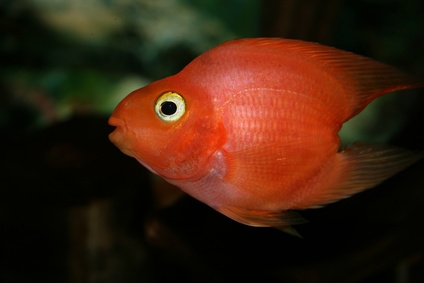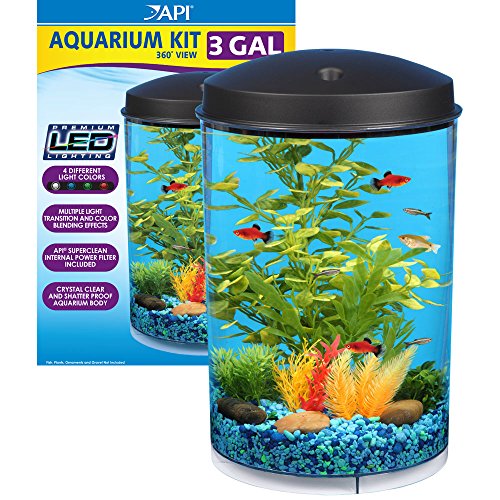Pets are no longer considered animals but are increasingly considered a member of the family. Accordingly pet owners are now buying greeting cards addressed to a dog or cat in the family or to send to a friend's pet. This trend is likely to increase, giving an opportunity for small companies and graphic artists to cater to this market. It's fairly new territory as the buying public is only now getting into the habit of thinking out this purchase ahead of time, whereas pet cards started out as a quirky impulse buy "" a novelty item that is making the transition to the mainstream. The challenge for small business owners is using forecasting efforts to market effectively.
A small business maximizes profits by using awareness of the market to avoid making mistakes in manufacturing levels that could leave too much product inventory on hand or too little to satisfy a sudden increase in orders. Accurate marketing numbers can be used to observe trends and estimate how much flexibility will be required to deal with situations that can become a crisis in a small business. If owners assume that the physical paper greeting card market will never be touched by competitors who offer eCards it may be wise to scan several published surveys to determine the extent of penetration by the digital competitor, for there might be cause to either add the product or simply advertise where they do to sway buyers over to your side. Good indicators can be gleaned by observing Google Adwords placed by competitors in both paper and eCards.
Association websites by definition must be positive in theme and so they throw around optimistic numbers in rosy, self-congratulatory messages to members. The industry involved wants to appear as an expanding, sensational, and dynamic sector to boost morale, but some of the figures can cause a double-take. For instance the GCA (Greeting Card Association) states that "the average person receives more than 20 cards per year, about one-third of which are birthday cards". That bit of demographic information requires the average person to have over 6.06 birthdays per year. How many marketing dollars should be set aside for birthday cards? How many can you expect to sell? Now all the GCA numbers are suspect.
Their contention is that U.S. consumers purchase approximately 7 billion greeting cards each year, generating nearly $7.5 billion in retail sales. You don't need a calculator to draw the conclusion that the average retail card costs $1.50 which is absurd. The Association further states that the price of greeting cards is anywhere from fifty cents to ten dollars. There is no such thing as a fifty-cent greeting card in a retail store, not even in the cheapest dollar stores. They list percentages of sales for different occasions "" seasonal and everyday "" things like birthday, Christmas, get well, anniversary, friendship, sympathy, Mother's Day, Father's Day, Valentine's Day, and Easter cards. There is no mention of wedding cards. This may indicate that all the percentages are inaccurate.
Fortunately the company specializing in pet greeting cards won't have to calculate any wedding card manufacturing figures, but many other occasions are in demand by pet owners. Therefore an accurate breakdown can help guide the marketing and production decisions. Selling online in any market hasn't reached its full potential as of 2009 but must be put into place for this particular product. Large companies are able to send sales reps to retail chains that occupy the top of the food chain while setting a price standard that is favorable to small owners and custom suppliers. Lower overhead allows for competitive prices for equal quality and will appeal to smaller independent stores, groomers, kennels, and veterinarians.
Promoting sales by phone and e-mail is the most cost-effective way to move small orders. A decision must be made regarding your dealings with retailers; product can be paid upon order or placed on consignment. Instinct would dictate that consignment would be more attractive to the outlets, but consignment involves a crimp in cash flow and extra work to monitor in terms of managing inventory, deliveries, invoicing, and receivables. There"s an upside to the extra work however: trends can be spotted on which items are selling in each type of location. This will give you true figures and allow for replacement of stock with the more saleable items. Even statistics from fifteen or twenty retail shops will give a fix on the more popular card types.
Some survey numbers are published be the American Pet Products Association (APPA) in regards to pet ownership. The man in the street might guess that dogs are more popular than cats. In fact there are more cats (77.7 million) kept as pets in the U.S. than dogs (65 million) and the most plentiful pet is the fish at 185 million. The fish can be eliminated as greeting card recipients, and the cat and dog numbers can't be indicators of sales because it's possible that dogs may be the centers of attention within families with children. The more elite pet group will receive the most cards. The answer is the family dog. Cats are seen as low-maintenance, low-cost pets who are good for apartments but they don't offer the loyalty and playfulness that a dog might. The data to indicate this is from food costs. More money is spent on dogs, and this trend should apply universally to luxury items like toys and greeting cards.
Concentrating on dogs first and cats second would be the logical order of priority. Different types of cards can be designed that will create a need, for instance people breeding dogs may see a joke line of wedding cards and decide to buy a few to send to clients who are involved in bringing the suitors around for breeding. A new product may appear in this way that can be offered to other customers in that industry. It may be worthwhile to explore the equestrian market to determine if people would send cards to commemorate each other's expensive horses. It's a creative business to design cards, and there enough occasions and eager buyers to also be creative in your marketing.

 Compatibility Between Freshwater Tropical Fish
Compatibility Between Freshwater Tropical Fish
Compatibility Between Freshwater Tropical Fish
Compatibility Between Freshwater Tropical Fish
 Advantages of a Freshwater Aquarium
Owning a freshwater aquarium
Advantages of a Freshwater Aquarium
Owning a freshwater aquarium
 How to Not Kill your Fighting Fish
A little over a year ago, my
How to Not Kill your Fighting Fish
A little over a year ago, my
 Different Kinds of Fish for Aquariums
Different Kinds of Fish for Aquariums
Different Kinds of Fish for Aquariums
Different Kinds of Fish for Aquariums
 How to Take Care of The Baby Betta Fish
How to Take Care of The Baby Betta Fish
How to Take Care of The Baby Betta Fish
How to Take Care of The Baby Betta Fish